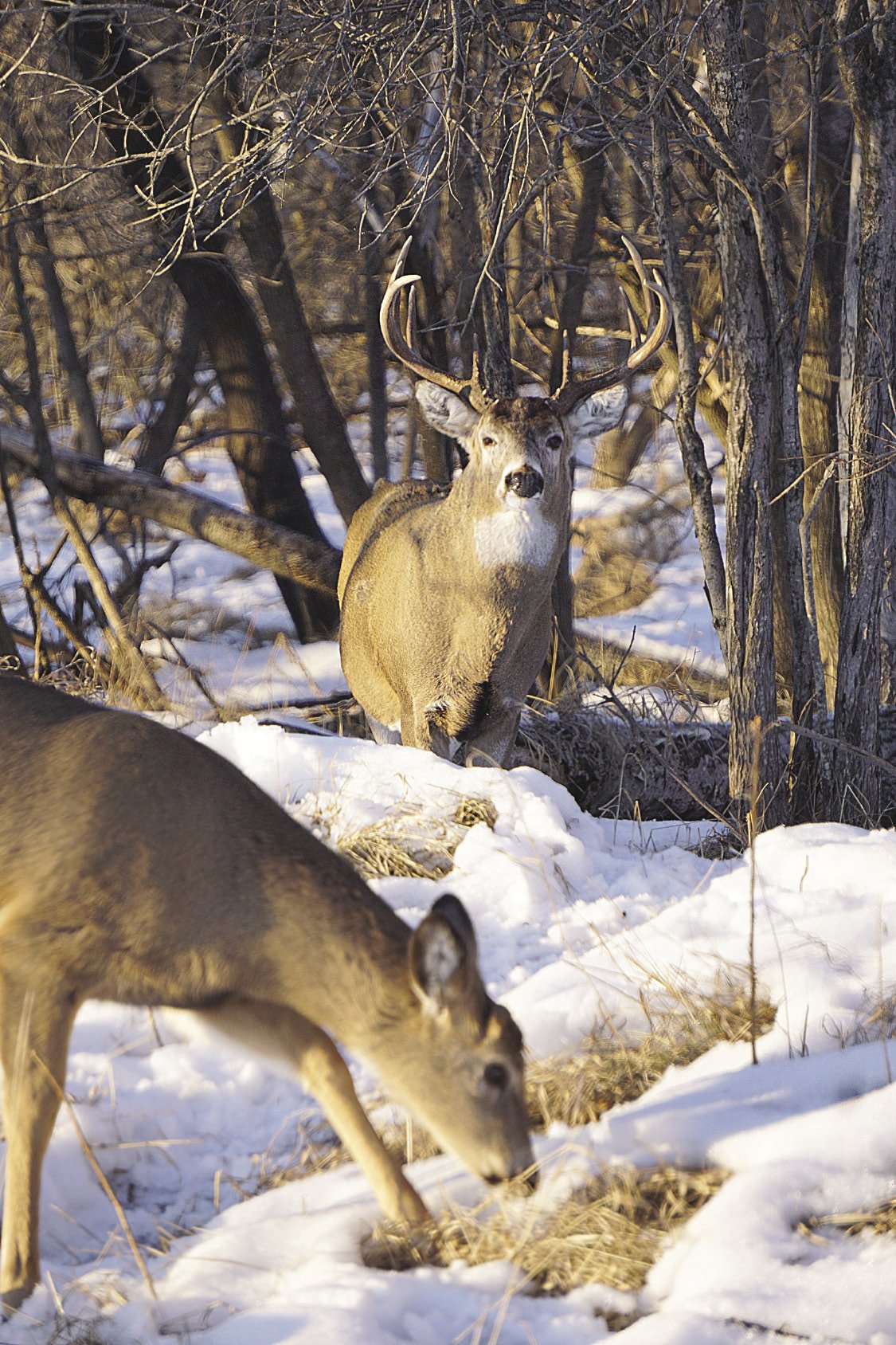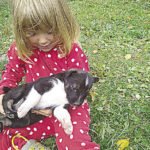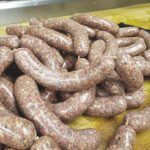The past decade has been a time of change for moose and deer populations in Northwestern Ontario. At the beginning of the 2000s, both moose and deer populations in the northwest were relatively stable, with whitetail deer spreading throughout the range.
Then, things began to change. Here is a look at what happened and where things are at now.
Deer
Two decades ago, Northwestern Ontario was quickly becoming the go-to destination for trophy whitetail bucks in North America. Deer were thriving in many parts of the northwest, with the populations especially booming in the Fort Frances, Kenora and Dryden areas. The western part of the region has a slightly more moderate climate for deer than the North Shore of Lake Superior, although the Thunder Bay district also saw a huge growth in its deer herd. Part of this spread seemed to be connected to generally milder winters, which improved survival of deer. The other factor that likely played a role on the expansion of deer numbers was the high level of forestry that was taking place at the time.
In the early 2000s, I was hunting in the Vermilion Bay area, and large tracts of red pine were being cut. The disturbance seemed to be good for deer, and we had some tremendous deer hunting for several years in these new cuts. However, the two-edged sword of large cuts is access improves for hunters and for predators.
By 2010, the deer population in the northwest peaked, although there was no sign that a big decline was coming. In fact, there was already enough concern about the impact deer were having on moose that the Ontario Ministry of Natural Resources and Forestry introduced a program that allowed hunters to buy two extra antlerless deer tags per Wildlife Management Unit (up to eight in total per hunter). This program remains in place in 2020. However, after a series of hard winters and late springs during the winters of 2013 and 2014, deer numbers across the northwest took a sharp dive. Very few areas were not impacted, with the deer herd along the shore of Lake Superior being especially hard hit.

It’s been a slow climb back, but deer numbers in 2020 seem to be on the upswing across the northwest. I’ve talked with several hunters in different parts of the region this year, and the general consensus is there are more deer around, and noticeably more mature bucks. How that plays out this fall has yet to be seen, but even on my own trail cameras, I’ve seen a lot more animals than in recent seasons. That being said, predator numbers are at a very high level, with both wolf and coyote on the radar. The winter of 2020-21 will be a critical one for the region’s deer herd.
Moose
The past decade has been a very disheartening one for people who love moose in the northwest. Following a pattern that first emerged in northern Minnesota and southern Manitoba in the early 2000s, the population of moose on the southern range of Northwestern Ontario began a decline. It was initially the most noticeable in the west, particularly around the Kenora, Dryden and Fort Frances areas. But by 2010, the number of moose in the Thunder Bay district, particularly close to the border with Minnesota, began to drop.
There were several theories floated, including warming summers, ticks, over-hunting and the impact of whitetail deer, a known carrier of the parasite that causes brainworm. Deer can survive brainworm, but moose cannot. In an effort to try and stem the decline, the Ontario MNRF began to seriously cut the number of adult tags available to hunters. In 2016, there was a 45 percent cut to bull tags in WMU 15b, north of Thunder Bay. Further west, in WMU 6—once a popular moose hunting destination north of Dryden—only one bull tag was made available to gun hunters. Huge cuts also came to WMU 13, near Thunder Bay, with adult tags numbers cut by well over 80 percent. The cuts to tags created a huge shift in hunter behavior, with people “chasing tags” in more remote units or giving up the hunt altogether.
In the meantime, there does seem to be some improvement in moose numbers, even if at a somewhat low level. Friends who have property southwest of Thunder Bay, say their trail cameras have had more moose on them this year, which is a marked change from recent years. During my highway travels east of Thunder Bay this year, I’ve seen more moose than in recent memory. Hopefully, the huge tag cuts have had some impact on this, although one has to think that the downturn in deer—and the lowered incident of brain worm contact—has also been a factor. For now, the moose population seems to have stabilized, although it is still well below where it was even a decade ago.
One final note on moose: In 2021, there will be a radical change to how moose and moose hunting is managed in Ontario. The two-tier pool system that has been in place for some time will be replaced by a point system. This means individual hunters will gather points, and the longer they go without a tag, the more points they build. A hunter’s point total will be based on their draw history from 1993 to 2020 and will be cumulative. In other words, if the hunter skips a year or more from applying for a tag it is not a reset. Hunters in Ontario can see their moose draw history by going to www.huntandfishontario.com and creating an account. The more in demand the tag, the higher the number of points that will be required. Hunters will pay a $15 fee to apply for the allocation system, and if they receive a tag—or choose to party hunt—will then need to buy a $35 moose license. The cost of a tag will be $30 for calf, $150 for cow/calf and $200 for a bull. The group application system will also no longer be used.
How these new changes to Ontario’s hunting and moose management program impact the population remain to be seen. Hopefully, a decade from now, we will be heralding a revitalized herd, and not pining for the good old days.




